Types of Appliances
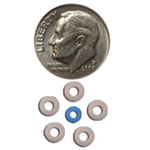
Separators or Spacers
Separators are small rubber doughnuts that are inserted between your teeth to separate them such that orthodontic bands may be fitted at your next session. Before we put the bands on, we’ll take out the separators. Sticky foods, toothpicks, and floss don’t mix well with separators.
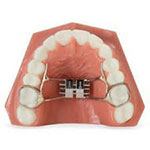
Palatal Expander
Each time a correction is performed, the palatal expander gently presses on your upper molars, “expanding” (or widening) your top jaw. When and how to adjust your expander will be explained to you by your orthodontist. You must wear the appliance for several months after you have achieved the desired expansion to cement the enlargement and avoid regression.
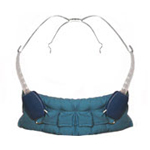
Headgear
Headgear softly “drags” on your teeth to prevent your top teeth and jaw from growing forward. Patients with an overbite, in which the upper jaw is ahead of the lower jaw, or an underbite, in which the lower jaw is front of the higher jaw, are treated with headgear.
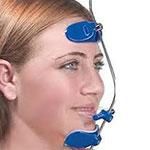
Facemask
A facemask is a form of orthodontic headgear that is used to correct underbite and other problems caused by the upper jaw being too far backward. A metal bar is positioned in front of the patient’s face, with the forehead and chin providing support. Elastics are attached to the metal bar and the teeth via the patient’s lips and mouth. The upper jaw is pressed forward and downward by the elastics.
Twin Block Appliance
The twin block appliance differs from other functional appliances in that it combines two appliances (one for the upper arch and one for the lower arch) to achieve an advanced lower jaw position. This patient-friendly device is worn all of the time, even when eating, but it can be removed for simple cleaning. Because it is composed of smooth acrylic and has fewer wires than other jaw-correcting gadgets, it is also more comfortable.
A wide, attractive smile, good jaw function, an enhanced profile, and a stable and healthy temporomandibular joint are all benefits of utilizing a twin block appliance.
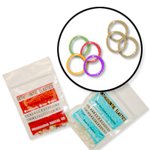
Elastics (Rubber Bands)
The fit of your upper and lower teeth is improved by wearing elastics (or rubber bands). Wear rubber bands as directed, and keep in mind that rubber bands function much better if they’re worn correctly.
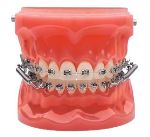
Forsus™
The Forsus Fatigue Resistant Device is a headgear replacement that supports development in teenagers by reducing excessive overbites, improving tooth fit, and perhaps avoiding jaw surgery.
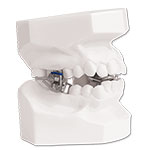
MARA Appliance
The MARA appliance is one of several orthodontic appliances used to address overbites (commonly called overjet). The MARA (Mandibular Anterior Repositioning Device) is a device that is permanently affixed to the teeth and thus cannot be removed by the patient. It is entirely unnoticeable from the exterior of the mouth and may be used before or after braces.
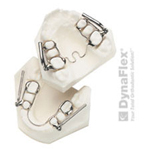
Herbst® Appliance
By driving the lower jaw forward and the upper molars backward, the Herbst® device helps to decrease overbite. This fixed device is often used for younger, developing kids and is used for 12-15 months.
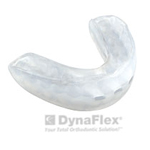
Positioners
The last tooth adjustments in your orthodontic treatment are completed using positioners. You should only need to use the positioner appliance for four to eight weeks if you fully comply.
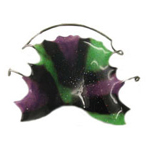
Retainers
Removable or permanent retainers are available. After your teeth have been straightened, they retain them in their new, proper location. Your orthodontist will explain how to care for your retainer and how long you should wear it. You must wear your retainer as advised to avoid treatment relapse.
